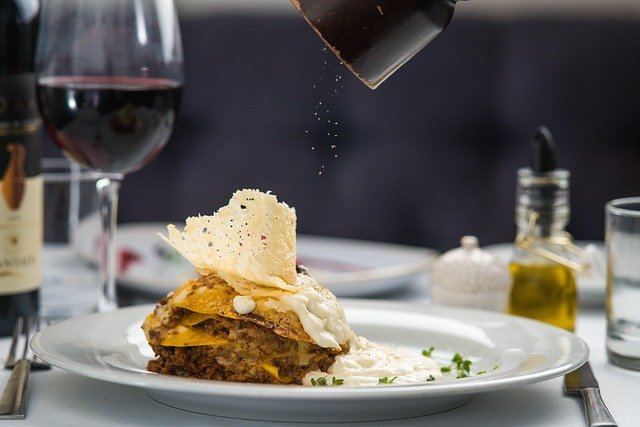Holographic Culinary Art: Gastronomy Meets Virtual Reality
In the ever-evolving landscape of culinary innovation, a groundbreaking fusion of technology and gastronomy is captivating both food enthusiasts and tech aficionados alike. Holographic culinary art, a cutting-edge concept blending virtual reality with haute cuisine, is revolutionizing the way we experience food. This article delves into the fascinating world of holographic gastronomy, exploring its origins, current applications, and potential future impact on the culinary arts and dining culture.

Technological Foundations
At the heart of holographic culinary art lies a sophisticated blend of projection mapping, augmented reality, and sensory manipulation techniques. High-definition projectors create vivid, three-dimensional images that interact with physical dishes, while specially designed tables and dining environments serve as canvases for these digital masterpieces. Advanced software algorithms synchronize visual elements with the actual food, creating a seamless integration of the virtual and the edible.
Culinary Applications and Experiences
Holographic culinary art manifests in various forms across the dining spectrum. In high-end restaurants, chefs use this technology to craft immersive tasting menus where each course is accompanied by a tailored virtual environment. Diners might find themselves enjoying a seafood dish while surrounded by a holographic underwater seascape, complete with schools of fish and swaying coral reefs. The visual elements not only enhance the aesthetic appeal but also influence flavor perception and emotional engagement with the meal.
Impact on Food Presentation and Design
This innovative approach has sparked a renaissance in food presentation. Chefs are reimagining plating techniques, considering not just the physical arrangement of ingredients but also how they interact with projected elements. The boundaries between the plate and its surroundings blur, allowing for dynamic and interactive dining experiences. A dessert, for instance, might be transformed into a miniature garden, with holographic butterflies fluttering around a chocolate sculpture, inviting diners to explore the dish from multiple perspectives.
Cultural and Artistic Implications
Holographic culinary art is more than a technological novelty; it represents a new frontier in culinary expression. This medium allows chefs to tell stories, evoke emotions, and create immersive narratives through food in ways previously unimaginable. It challenges traditional notions of what constitutes a meal, blurring the lines between sustenance, entertainment, and art. As this field evolves, it raises intriguing questions about the nature of authenticity in dining and the role of technology in shaping our gastronomic experiences.
Challenges and Considerations
While holographic culinary art offers exciting possibilities, it also faces significant challenges. The high cost of implementation limits its accessibility, confining it primarily to upscale establishments and special events. There are also concerns about the potential for sensory overload and the risk of technology overshadowing the inherent qualities of the food itself. Balancing innovation with respect for culinary traditions remains a delicate task for practitioners in this field.
Future Trajectories and Potential Applications
The future of holographic culinary art holds immense potential. As technology becomes more sophisticated and accessible, we may see its integration into a wider range of dining contexts, from educational settings to home kitchens. The possibility of remote dining experiences, where individuals in different locations share a virtual table, could revolutionize social gatherings and long-distance relationships. Moreover, this technology could play a role in addressing global challenges, such as sustainable eating, by creating compelling visual narratives around eco-friendly food choices.
In conclusion, holographic culinary art represents a bold step into the future of dining, where technology and gastronomy converge to create unprecedented sensory experiences. As this field continues to evolve, it promises to reshape our relationship with food, pushing the boundaries of culinary creativity and redefining the very essence of what it means to dine. Whether it becomes a mainstream phenomenon or remains a niche luxury, holographic culinary art undoubtedly offers a tantalizing glimpse into the potential future of gastronomic innovation.





